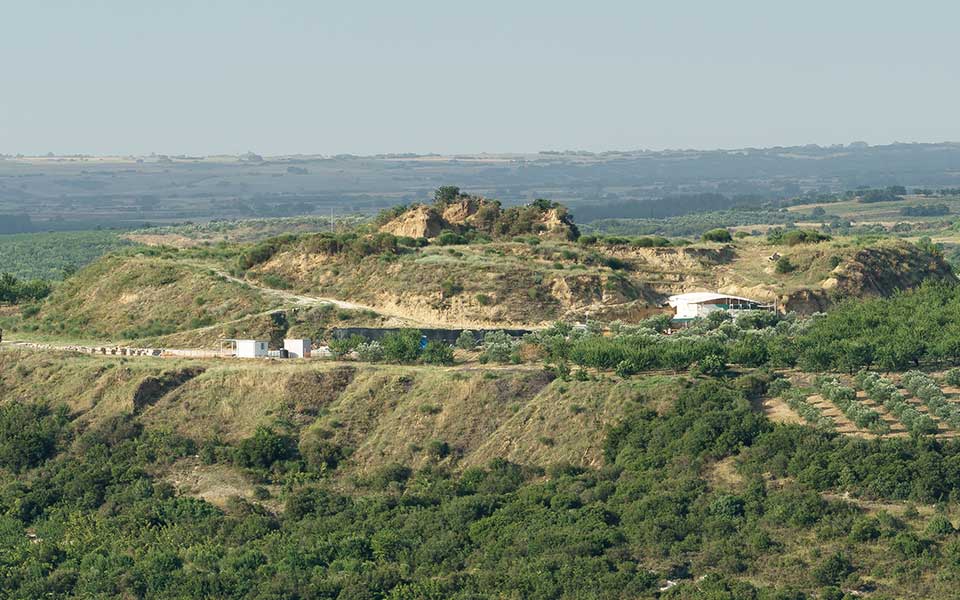Since its discovery in 2012, the Alexander the Great-era tomb inside the gigantic Kasta mound (tumulus) near Amphipolis in northern Greece has caught the imaginations of millions of people around the world.
When the tomb was first breached in August 2014, flanked by two 2-meter tall marble sphinxes, archaeologists made a series of spectacular finds, inlcuding two columns in the form of Caryatids (sculpted female figures) and a richly-detailed 4.5 meter-long pebble mosaic depicting the abduction of Persephone by Hades.
Intriguingly, the skeletal remains of five individuals were also found, including a woman over 60 years of age, two adult men, a newborn infant and the fragments of a cremated skull.
In the years since, archaeologists from the Greek Ministry of Culture and Sports, under the leadership of project director Katerina Peristeri, have been working tirelessly to excavate the elaborate late 4th century BC tomb in a bid to understand more about the identity of its occupants.
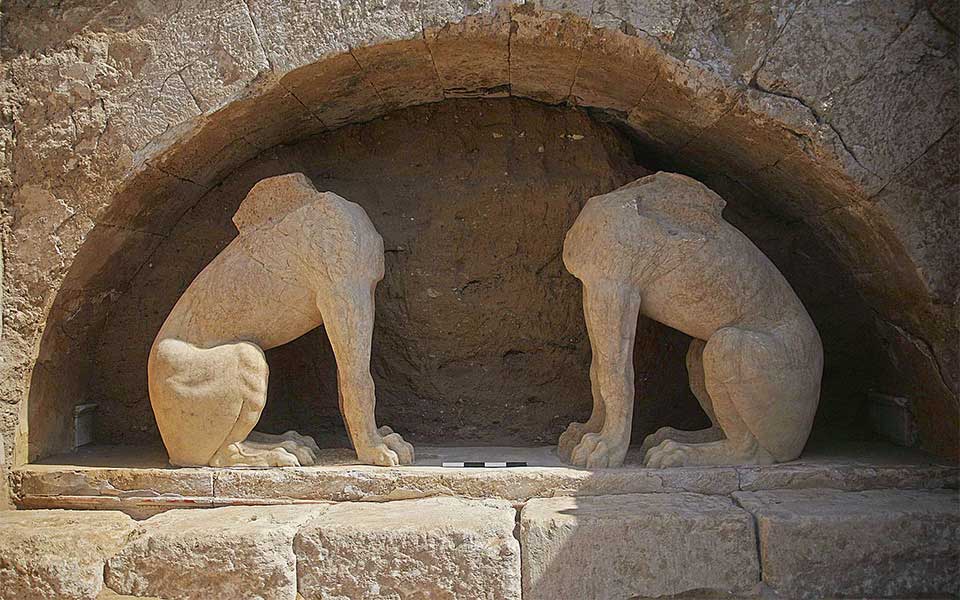
© Konstantinos Tsakalidis
Conservation and restoration
In 2017, the then Ministry of Culture and Sports committed to opening the monumental tomb to the general public, once all the necessary conservation and restoration works had been carried out.
To that end, amid extensive restoration of the surrounding earthworks of the tumulus itself, specialists from the Directorate for the Preservation of Ancient and Modern Monuments have developed and implemented a series of pioneering research programs aimed at conserving the delicately preserved painted representations inside the elaborate tomb.
Following delays due to the ongoing coronavirus pandemic, earthworks for the restoration of the outside shape and form of the tomb have now resumed, including the construction of lightweight metal boxes to serve as retaining walls. This part of the restoration project is expected to be completed in November of this year.
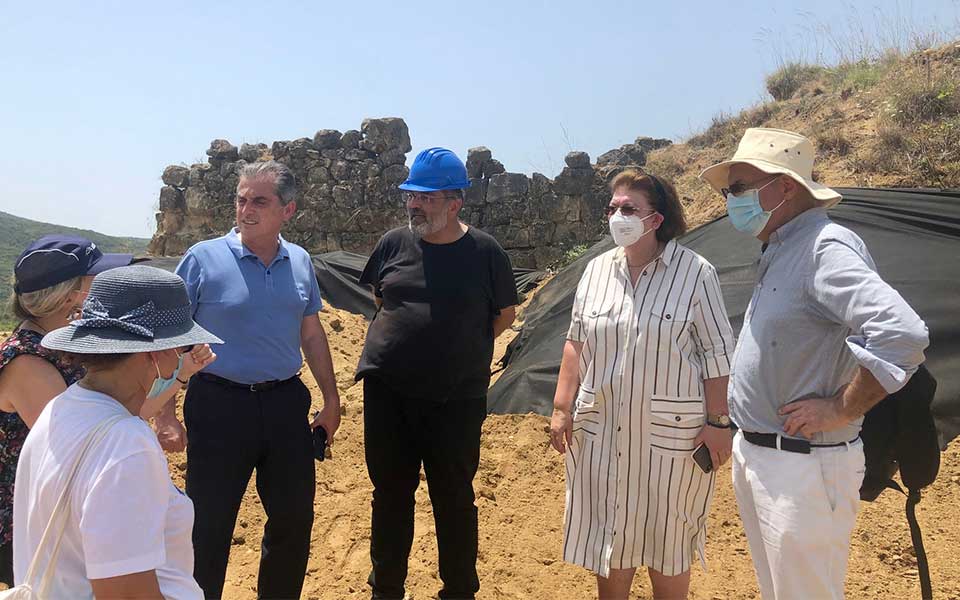
© Hellenic Ministry of Culture and Sports
During a recent visit to the site, Culture Minister Lina Mendoni said: “Obviously there were delays in the execution of the project, mainly due to the pandemic, but now the project is on the right track. It is important that from the assessment we conducted with the Deputy Regional Governor Panagiotis Spyropoulos, the Secretary General of the Ministry, Georgios Didaskalou, the Director of the Ephorate of Antiquities of Serres, Dimitrias Malamidou, and other officials, it has emerged that the work on the tomb is progressing with an updated schedule.”
Following consultation with the relevant services of the Ministry, Dr Mendoni added that the monument would be open to “special groups of the public,” namely researchers and other heritage specialists, by the summer of 2022.
Further archaeological research is also planned for the four-sided building at the top of the tomb, as well as excavations on the adjacent “Hill 133” in search of the remains of the Via Egnatia, an ancient road built by the Romans in the 2nd century BC.
Regarding the current geotechnical works at the tumulus, the General Secretary of Culture, Georgios Didaskalou, expressed his delight at the current progress being made by the relevant directorates, commenting: “Despite the challenges and delays caused by the ongoing pandemic, we are working hard to accelerate the restoration works on the Kastas Tomb, which will allow for the protection and enhancement of the monument as soon as possible.”
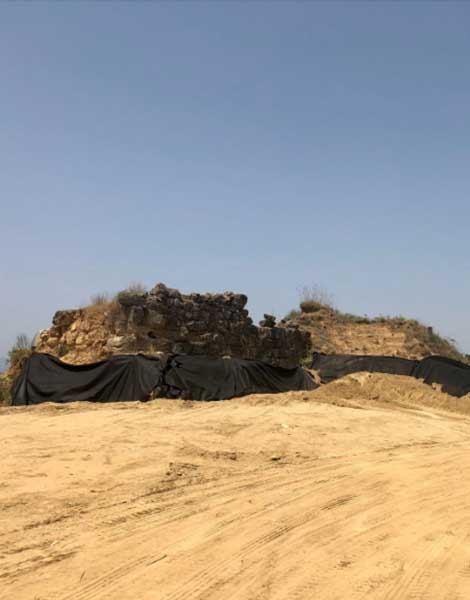
© Hellenic Ministry of Culture and Sports
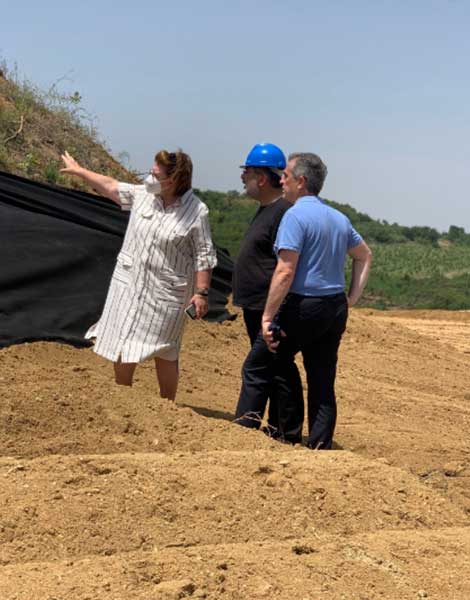
© Hellenic Ministry of Culture and Sports
The Kasta Tumulus
The Kasta tumulus is largest burial mound ever discovered in Greece – an astonishing 158 meters in diameter – dwarfing the famous tomb of Philip II of Macedon, Alexander’s father, in Vergina.
Due to its large size and complex construction, some have speculated that it may have been the final resting place of a wealthy Macedonian noble or a late member of the Macedonian royal family.
The first systematic research of the burial mound began in 1964, uncovering a vast 500-meter perimeter wall made of limestone and layered in marble. Subsequent excavations discovered an extensive funerary complex, built on top of an earlier cemetery containing at least 70 graves.

